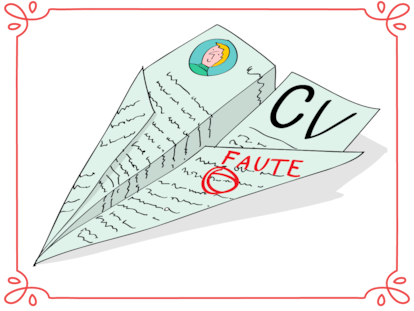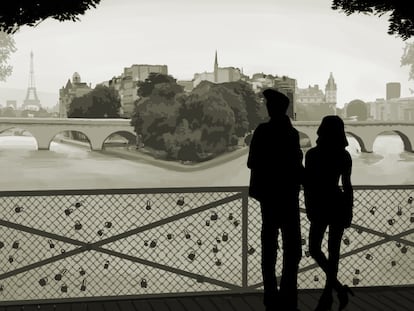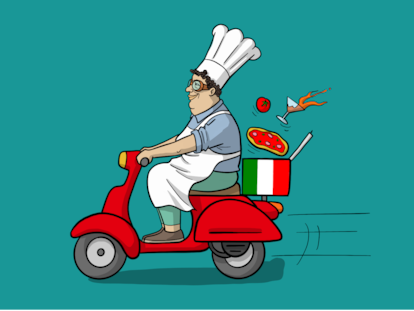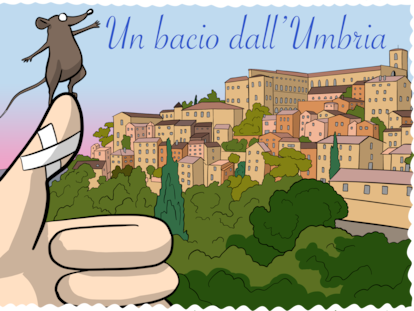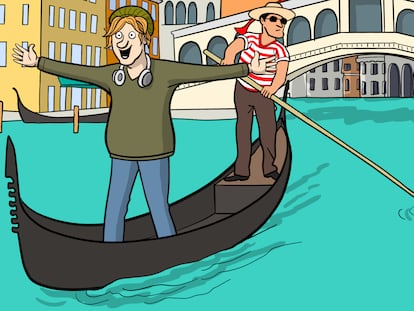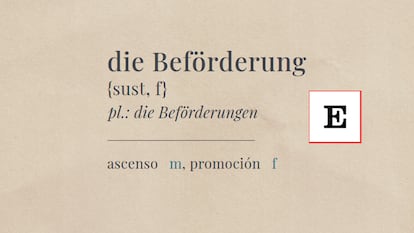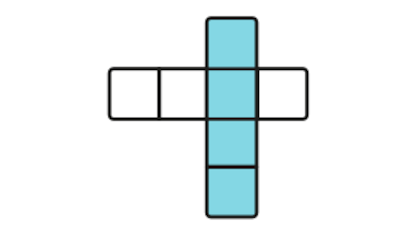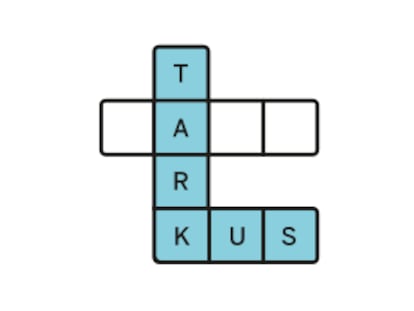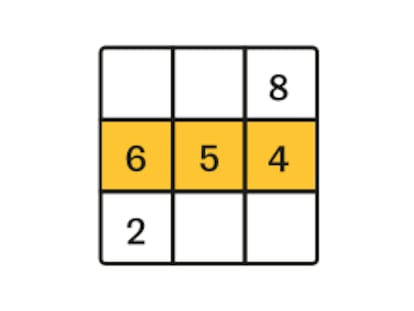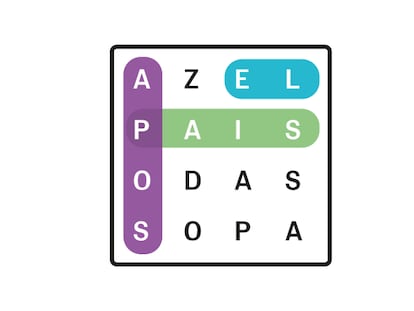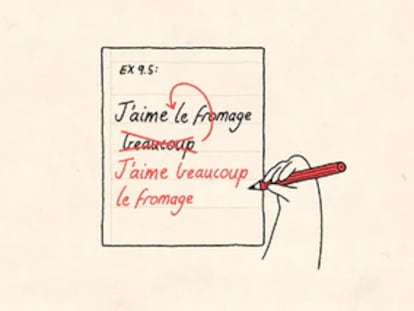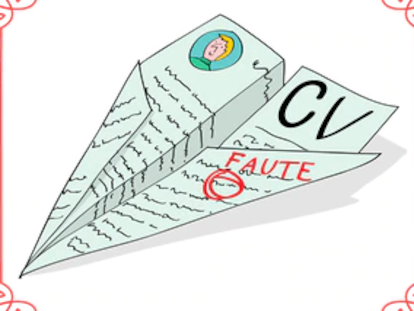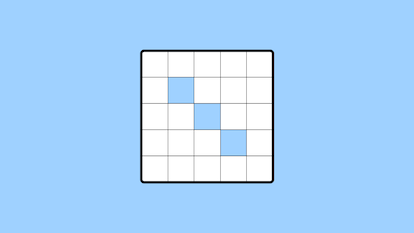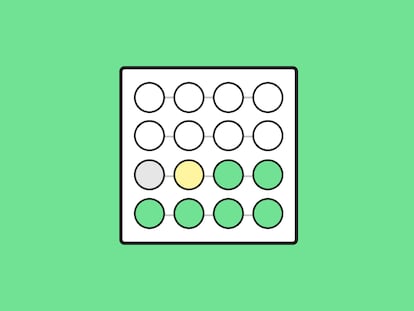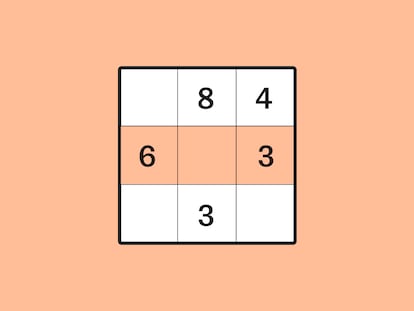The silent suffering of Mario Vargas Llosa: Five years of dealing with an incurable disease
The Nobel Prize winner was diagnosed with a serious illness in the summer of 2020. He didn’t want to make it public, but his closest friends knew. He spent his final months visiting the settings of some of his most celebrated novels

Mario Vargas Llosa had known for almost five years that he was going to die. His doctors told him in the summer of 2020. According to the writer’s closest associates, one of the first things the Nobel Prize winner in Literature did after receiving the news was write a letter to his three children: Álvaro, Morgana, and Gonzalo. In it, he told them about his illness, a serious illness, in his case incurable, but for which there were treatments that could delay the final outcome. The “tribe,” as the Vargas Llosas call themselves, was quick to respond to the call of the pater familias. The letter served to bring Vargas Llosa even closer to his children and for everyone to finally forget the family disagreements that arose in 2015, when the author of works such as The Time of the Hero (1963) and Conversation in the Cathedral (1975) broke off his 50-year marriage to Patricia Llosa to begin a relationship with Isabel Preysler.
Vargas Llosa, the last of a prodigious generation that changed Latin American and world literature, the last living Nobel Prize winner in Literature from Latin America, decided not to make the news of his illness public. He didn’t want to talk about it, at least not directly. In the summer of 2019, a year before receiving his diagnosis, he reflected on old age and death in an interview with the BBC, as part of an event on the topic organized by the Nobel Foundation in Madrid. “Death doesn’t distress me,” he acknowledged. “Man, there’s something wonderful about life: if we lived forever, it would be enormously boring, mechanical. If we were eternal, it would be terrifying. I think life is so wonderful precisely because it has an end. I would like death to find me writing, like an accident, to come and interrupt a life that is in full effervescence. That would be my ideal.”
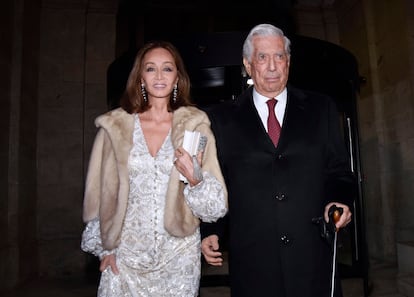
At that time, his life was in “full swing.” At 83, he was experiencing an almost adolescent romance with Isabel Preysler — in his own words, “a great passion” — and was about to publish his 19th novel, Harsh Times (2019). After receiving the news of his illness, he continued exercising for an hour a day and continued writing seven days a week. He spoke of a “domestic inertia” that began with a workout, a few hours of writing until noon, an afternoon of reading, another workout, and dinner. Despite the diagnosis, he didn’t cancel any commitments. He attended the Lima Book Fair as a guest of honor to celebrate the 50th anniversary of the publication of Conversation in the Cathedral and traveled with Preysler to Alaska and Marbella. On the Costa del Sol, he spent 21 days at the Buchinger Clinic to undergo therapeutic fasting. It was his preparation to later participate in the Latin American Writers Festival, in Los Llanos de Aridane, and embark on the long promotion of Harsh Times.
During the 2020 pandemic, he spent the lockdown at Preysler’s home in Madrid’s exclusive Puerta de Hierro neighborhood. Throughout his relationship with Julio Iglesias’s ex-wife, Vargas Llosa was a prime target for paparazzi and gossip columnists, but he always managed to hide his frequent visits to the doctor from the press.
The illness brought him increasingly closer to his family. In April 2022, he was admitted to the Madrid clinic where he was being treated. His eldest son, Álvaro, announced that the reason for his hospitalization was Covid-19. In December of that year, the Nobel laureate broke up with Preysler. “I don’t regret anything, absolutely. The experience was there, and that’s it,” he told EL PAÍS in February 2023, on the eve of his induction into the French Academy. In that conversation with Manuel Jabois, he spoke again about death. “Being immortal would seem incredibly boring to me. Tomorrow, the day after, infinity… No, it’s better to die. As late as possible, but still die.” He also reflected on decrepitude: “What I hate is deterioration. Human ruins. It’s a terrible thing, the worst thing that could happen to me. For example, I now have memory problems. I always had a very clear memory. I remembered things, and I notice how it has become poorer.”
A few days after that interview, he entered the French Academy in Paris. The event was attended by his ex-wife, Patricia Llosa, and their three children. King Juan Carlos I and the Infanta Cristina were also among the guests. It was his last major public event. In July 2023, he was readmitted to the Madrid clinic where he was being treated for his illness. His family again announced that the reason was Covid-19. But after the summer, in October, he announced his retirement. He did so in the most discreet way, with a brief note at the end of his final novel, Le dedico mi silencio (I give you my silence, 2023.) And in December 2023, he said goodbye to writing newspaper columns. On December 17, he published his last column in EL PAÍS after 33 years.

Subsequently, he reduced his travels and public appearances to a minimum. He spent last summer in Greece with his family, and before returning to Peru, he enjoyed a few days in his Madrid apartment, surrounded by his books. It was his farewell to Spain. The paparazzi managed to photograph him leaving his house on Calle de la Flora, a few meters from the Royal Palace. He looked thinner and somewhat worse for wear.
The Nobel Prize winner decided to spend his final months in his native Lima, surrounded by his loved ones and cared for in his own home by a team of professionals. His ex-wife, Patricia Llosa, was by his side until the very end. “I would have liked to have lived life to the end and, above all, not to have died in life, which is the saddest spectacle for a human being,” the writer told the BBC in 2019. He succeeded; his wish was fulfilled. He spent his last few years visiting the Lima locations of some of his most celebrated novels: the Leoncio Prado Military College and the old red-light district of Lima, the backdrop for The Time of the Hero; the San Juan de Lurigancho prison, linked to his novel The Real Life of Alejandro Mayta (1985); and the premises where the bar La Catedral used to stand, which lends its name to Conversation in the Cathedral.
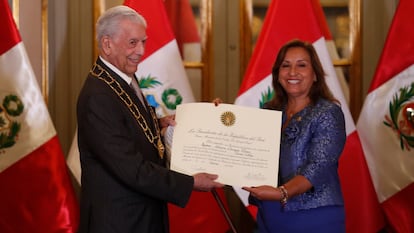
In March, on the eve of his 89th birthday, he returned to the places where he set his last two novels: the Cinco Esquinas neighborhood in Barrios Altos, which gives The Neighborhood its name, and the inaccessible house where Felipe Pinglo was born, which inspired him to write Le dedico mi silencio. On March 28, he celebrated his birthday with his family at his home in Lima. His memory was more fragile, but he always said he wanted to be remembered as a writer. “Although one never knows how one will be remembered, if one will be remembered at all,” he clarified. It wasn’t his main concern; Vargas Llosa said he didn’t write for death, he wrote for life.
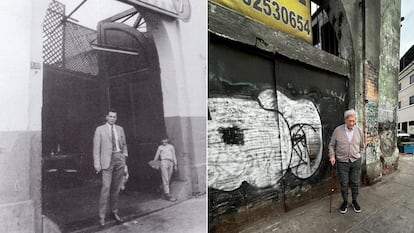
Sign up for our weekly newsletter to get more English-language news coverage from EL PAÍS USA Edition
Tu suscripción se está usando en otro dispositivo
¿Quieres añadir otro usuario a tu suscripción?
Si continúas leyendo en este dispositivo, no se podrá leer en el otro.
FlechaTu suscripción se está usando en otro dispositivo y solo puedes acceder a EL PAÍS desde un dispositivo a la vez.
Si quieres compartir tu cuenta, cambia tu suscripción a la modalidad Premium, así podrás añadir otro usuario. Cada uno accederá con su propia cuenta de email, lo que os permitirá personalizar vuestra experiencia en EL PAÍS.
¿Tienes una suscripción de empresa? Accede aquí para contratar más cuentas.
En el caso de no saber quién está usando tu cuenta, te recomendamos cambiar tu contraseña aquí.
Si decides continuar compartiendo tu cuenta, este mensaje se mostrará en tu dispositivo y en el de la otra persona que está usando tu cuenta de forma indefinida, afectando a tu experiencia de lectura. Puedes consultar aquí los términos y condiciones de la suscripción digital.
More information
Archived In
Últimas noticias
Maduro to be tried in the US for narcoterrorism and corruption
Maps of the US attack on Venezuela: Targets, airspace and deployed fleet
Venezuelans in exile: ‘This could be the end of a very dark chapter for Venezuela, but also the beginning of a time of uncertainty’
Key points of the military attack on Venezuela: Early morning bombings and a ‘captured’ president
Most viewed
- Alain Aspect, Nobel laureate in physics: ‘Einstein was so smart that he would have had to recognize quantum entanglement’
- David King, chemist: ‘There are scientists studying how to cool the planet; nobody should stop these experiments from happening’
- Mexico completes its trade shift with the entry into force of tariffs on China and countries without trade agreements
- Reinhard Genzel, Nobel laureate in physics: ‘One-minute videos will never give you the truth’
- Oona Chaplin: ‘I told James Cameron that I was living in a treehouse and starting a permaculture project with a friend’












